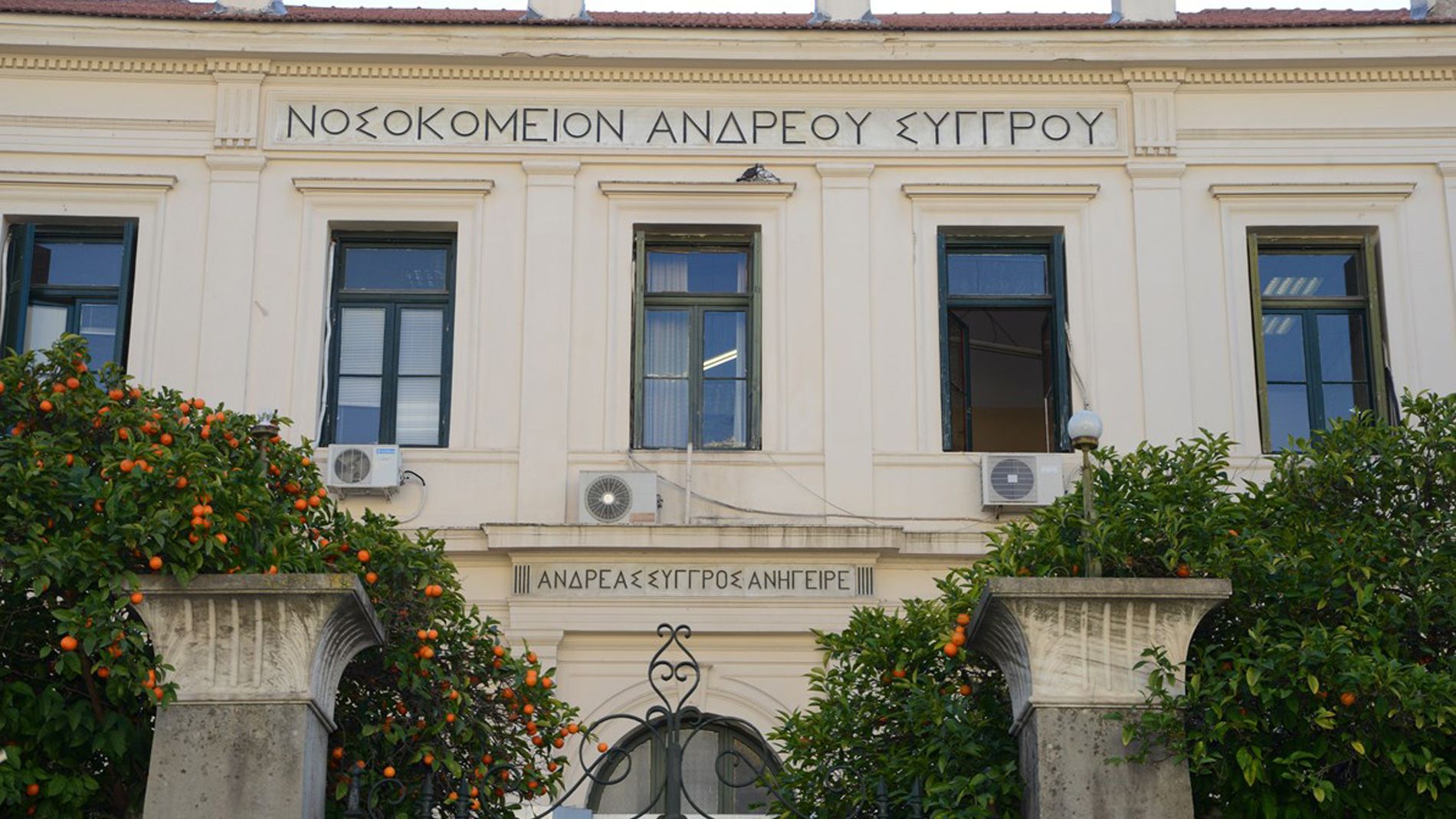Epigraphic Museum
Informations
Address:
Tositsa 1, Athina 106 82, Greece
Epigraphic Museum
The Epigraphic Museum was founded in 1885 with the aim of protecting, preserving, studying and exhibiting the ancient stone inscriptions. It owns the world’s largest collection of ancient Greek inscriptions, the direct sources of history, which provide valuable information on all areas of the economic, political, religious and social life of antiquity. Most of the inscriptions came from Athens and Attica, while there are also several from the rest of Greece and Asia Minor. These inscriptions are mainly written in ancient Greek, but there are also a few in Latin and a small number in other languages (Phoenician, Hebrew, and Ottoman). Chronologically they extend from the 8th century b.c. up to the early Christian, Byzantine and modern times.
The Epigraphic Museums is housed in the south wing of the ground floor of the National Archaeological Museum building. Its spaces include an outer and an inner courtyard (atrium), a vestibule, eleven rooms, a wide U-shaped corridor which supported on poles, an exterior, offices, a workshop for the maintenance of inscribed stone monuments and sanitary facilities. Of the exhibition spaces, the two courtyards, the vestibule and four rooms are accessible to the public, while the remaining rooms are accessible only to specialist scholars. The purpose of the Museum is the research, study, recording, protection, rescue, highlighting, publication, photographic documentation, display and exhibition of ancient Greek inscriptions. Its activities also include the electronic recording and printing of inscriptions, the preparation of a specialized library and, in general, scientific archives related to inscriptions, as well as the implementation of educational programs. Periodic exhibitions of ancient Greek inscriptions as well as contemporary art exhibitions with works inspired by Greek writing and ancient inscriptions are organized in the Museum.







